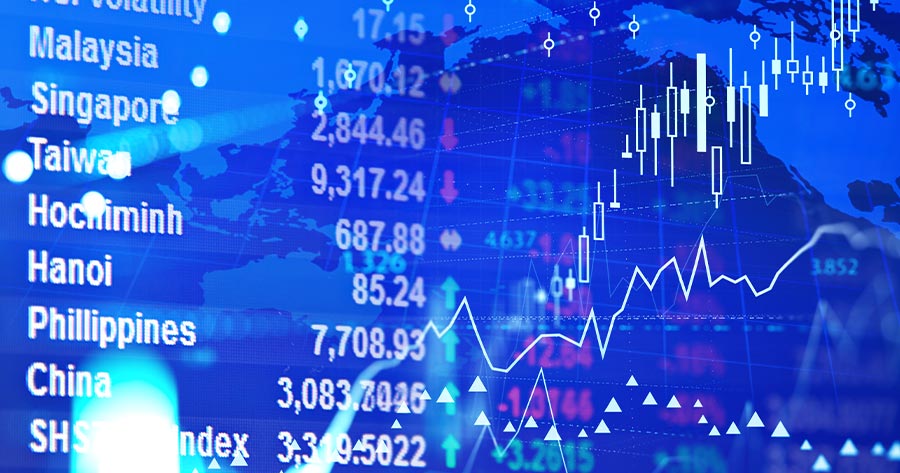On Wednesday morning (3 September, 9:11 AM, GMT+7, Bangkok time), major indices in Asia Pacific traded mixed, while Wall Street showed a downward trend, as investors grew increasingly cautious amid an uptick in global bond yields and fresh signals on international trade dynamics.
Attention also turned to Australia, where the latest GDP data for the second quarter is anticipated. Economists surveyed by Reuters expect the economy to grow 1.6% year-on-year, slightly outpacing the 1.3% expansion recorded in the first quarter.
Japan’s NIKKEI slid by 0.12% to 42,261.3. Australia’s ASX 200 fell by 0.9% to 8,820.6, while South Korea’s KOSPI surged by 0.28% to 3,181.22.
As for stocks in China, Hong Kong’s HSI advanced by 0.68% to 25,669.03. Shenzhen’s SZI rose by 0.22% to 12,581.52, while Shanghai’s SSEC declined by 0.3% to 3,846.48.
The U.S. stock markets edged down on Tuesday as the Dow Jones Industrial Average (DJIA) contracted by 0.55% to 45,295.81. NASDAQ lost 0.82% to 21,279.63, and S&P 500 dropped by 0.69% to 6,415.54. VIX jumped by 6.51% to 17.17.
As for commodities, oil prices settled higher on Tuesday, supported by fresh U.S. sanctions aimed at curbing Iran’s oil-related earnings and with traders closely watching for any policy shifts from the upcoming OPEC+ meeting slated for Sunday. Market sentiment leans toward expectations that the alliance will maintain existing voluntary supply curbs. Brent crude finished the session 99 cents higher, closing at $69.14 per barrel with a 1.45% gain. The U.S. West Texas Intermediate rose by $1.58, or 2.47%, settling at $65.59 per barrel.
This morning, Brent futures decreased 7 cents or 0.1% to $69.07 a barrel, and the West Texas Intermediate (WTI) dipped 1 cent or 0.02% to $65.58 per barrel.
Meanwhile, gold futures grew by 0.34% to $3,604.5 per Troy ounce.



